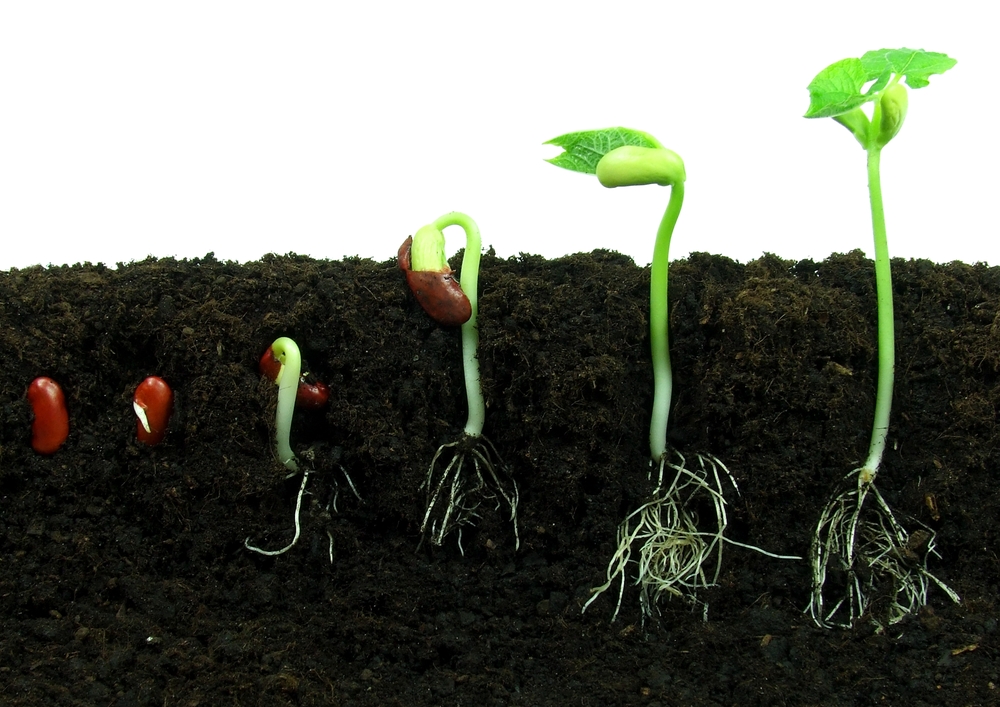
As more people turn to gardening as a hobby or to grow their own food. They’ve also discovered the rewards of growing planting from seed. It’s easy to become addicted to watching life sprout from a tiny seed that you’ve nurtured yourself.
Starting seeds indoors allows you to get a head start on the growing season and to get your hands dirty, even if there’s still snow on the ground. Planting services near me.
Many vegetables, annuals, and perennials are easy to grow from seed. It’s more economical than purchasing nursery starts and allows you to start plants early such as tomatoes and peppers that take longer to mature. Many unusual and heirloom varieties are only available from seed. So it’s a good way to insure you get the varieties you want. Here’s how to get started.
STARTING WITH SEEDS
Keep it simple: Start out with a few varieties so you don’t become overwhelmed. Choose easy to grow plants such as marigolds, nasturtiums, and basil to maximize success. Prioritize your favorite plants.
Buy seeds: There are thousands of seed varieties to grow. Browse nurseries, catalogs and online seed sources. Some companies may specialize in seeds that perform well in your region.
Know when to plant seeds: Find out the last frost date in your area. Refer to the instructions on the seed packet to determine how many weeks before the last frost date to start your seeds indoors.
Follow instructions:
Plants have different growing needs, so research each variety before you plant. Seed packets are a good source of basic information, such as when to sow, seed depth, days to germination, fertilizing requirements, and transplanting recommendations.
- Seeds may need to be presoaked, nicked, or chilled before planting.
- Some seeds should be covered with a thin layer of soil, others should be left exposed, while some need darkness to germinate.
- Note germination times. Some seeds will sprout in just a few days, while others take up to several weeks.
Plants have basic needs of light, soil, water, and nutrients. Since indoor conditions can be less than ideal, seedlings will need extra help in order to thrive. Maintaining the optimal temperature for germination, using the right soil, and providing sufficient light will allow seedlings to develop into healthy plants.
PLANTING SEEDS
- Prepare potting mix: Pre-moisten potting soil in lukewarm water until moist but not soggy. Fill pots or cells with soil and gently press down to remove air pockets. Leave room to cover seeds as needed.
- Sow the seeds: Plant as instructed on packet. Larger seeds such as beans can be sown 1 to 2 seeds for each cell or pot, while smaller seeds can be gently sprinkled at least 3 to 5 per cell since some seeds may not germinate. For varieties that need light to germinate, lightly press seeds into the soil to make good contact, but don’t cover. Mist the soil surface with water.
- Add labels: For each pot or flat, write on a plant label the variety name, along with date of sowing.
- Cover the containers or seed trays: Place a plastic bag or dome over the top, which acts like a mini greenhouse to hold in heat and moisture. If germination takes longer than a few days, uncover occasionally to allow air circulation and prevent moisture buildup.
SEED & SEEDLING CARE
Keep warm:
The average household temperature between 60-75 degrees F is sufficient for most seeds to germinate. Place newly planted containers in a warm, draft-free spot such as the top of the refrigerator or on a specialized heating mat and check daily.
Provide light:
Once seedlings emerge, remove pots or flats from bottom heat and take off plastic covering. Place under grow lights, leaving lights on for 12 to 18 hours per day. As a general rule, LED lights should be kept about 12 inches from the tops of the seedlings, and fluorescent lights about 3 to 4 inches above the plant tops. Raise the lights as the plants grow. Yellow or brown leaves can indicate lights are too close; stretched or leggy seedlings can mean your lights are too far away.
Ventilate:
Provide adequate air circulation to prevent damping off disease, a fungal disease that will quickly kill seedlings.
Water:
Keep soil evenly moist but not soggy. Don’t allow soil to dry out, as this can prevent germination or kill young seedlings. The first watering may not need to occur until after seedlings emerge.
Gently mist soil surface to avoid dislodging seeds. Plants can also be bottom watered by placing a shallow tray of water underneath. Allow to soak for 20 to 30 minutes or until the top of the soil feels moist. Don’t leave pots in standing water for an extended time, as it may cause root suffocation or fungal disease. Use water at room temperature to avoid plant shock.
Fertilize:
Wait to fertilize until seedlings develop their first set of true leaves, which follow the first leaves to unfurl, known as cotyledons. Apply a water soluble fertilizer such as fish emulsion or seaweed at half strength every two weeks.
Harden off plants:
A week or two before your average last frost date, start introducing plants to the outdoors. Place in a shady sheltered spot, gradually increasing the amount of time outside each day. Cover or bring indoors at night. Move into direct sun for longer times. Seedlings can be left uncovered outside at night when temperatures remain above 50 degrees F. Plants should be fully acclimated in 1 to 2 weeks.
Plant permanently:
Once seedlings have been hardened off, they can be planted into their permanent spot. Water seedlings before and after transplanting. Avoid planting during the hottest part of the day
